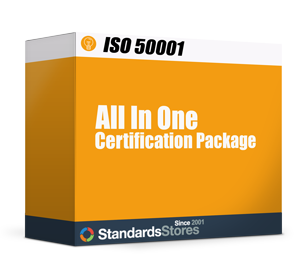What is the history of the ISO 50001?
In April 2007 The United Nations Industrial Development Organization (UNIDO) recognized that industry globally needed to take a stance in response to climate change, and therefore UNIDO stakeholders decided to ask ISO to develop an international energy management standard. ISO declared energy management one of its top five areas for development of International Standards and in 2008 created a project committee called ISO/PC 242 Energy Management.
ISO/PC 242 was led by ISO members for the United States (ANSI), Brazil (ABNT), China (SAC) and the UK (BSI Group), this collective group was able to ensure that both developed and developing economies participated together. Eventually experts from the national standard bodies of 44 countries participated and on June 17th, 2011, ISO 50001:2011 Energy Management Systems- Requirements with guidance, for use was published.
The Department of Energy (DoE) and US CEEM contributed to the U.S. Technical Advisory Group. This helped to ensure that ISO 50001 kept the focus on process and data-driven energy efficiency and stakeholder/management support.
ISO published a revised version of ISO 50001 in 2018. The revision focuses on a desire to better promote the adoption of the standard for small and medium sized organizations. Furthermore, it also incorporates ISO’s high level structure- this allows organizations to integrate a number of management standards together such as ISO 9001 and ISO 14001. Overall ISO 50001 is modeled after ISO 9001 Quality Management System and the ISO 14001 Environmental Management System (EMS).


